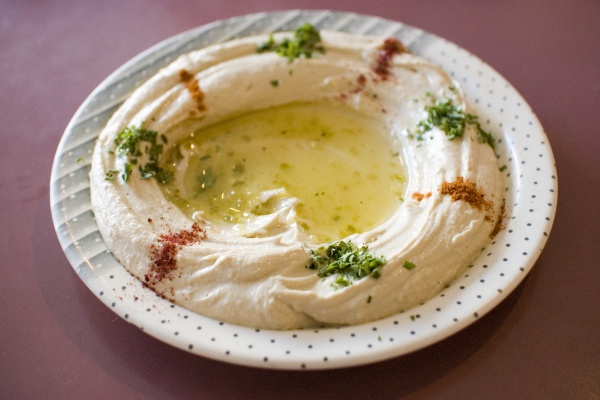Facts About Hummus
Hummus is a revered dip, spread, or savory dish crafted from a blend of cooked, mashed chickpeas, tahini, lemon juice, and garlic. This Middle Eastern staple has achieved widespread popularity across North America and Europe. The term "hummus" is derived from the Arabic word ḥummuṣ, meaning chickpeas.
Although the precise origins of hummus are somewhat ambiguous, it has been cherished in the Levant region for centuries. The earliest recipes resembling modern-day hummus date back to 13th-century Cairo, Egypt. Typically, hummus is served as an appetizer or as part of a meze platter, frequently accompanied by flatbread or used as a side dish.
There are numerous regional variations of hummus. In Egypt, for instance, there is hummus ful, while in Palestine and Jordan, you'll find laban ma' hummus. In Israel, hummus is a staple of daily meals and is even regarded as a national dish. It is also popular among Lebanese and Syrian communities in countries like Canada and Cyprus.
Nutritionally, hummus is a powerhouse. It is rich in dietary fiber, protein, vitamin B6, and several essential minerals. The fat content primarily comes from tahini and olive oil. In the United States and Europe, hummus is widely available in a variety of flavors on store shelves, reflecting its broad consumption.
Hummus holds significant cultural importance as well. Its origins and widespread appeal have fueled debates, documentaries, and even attempts to break Guinness World Records for the largest hummus dish. In the U.S., hummus consumption has soared, with major brands like Sabra dominating the market.

 Syria
Syria